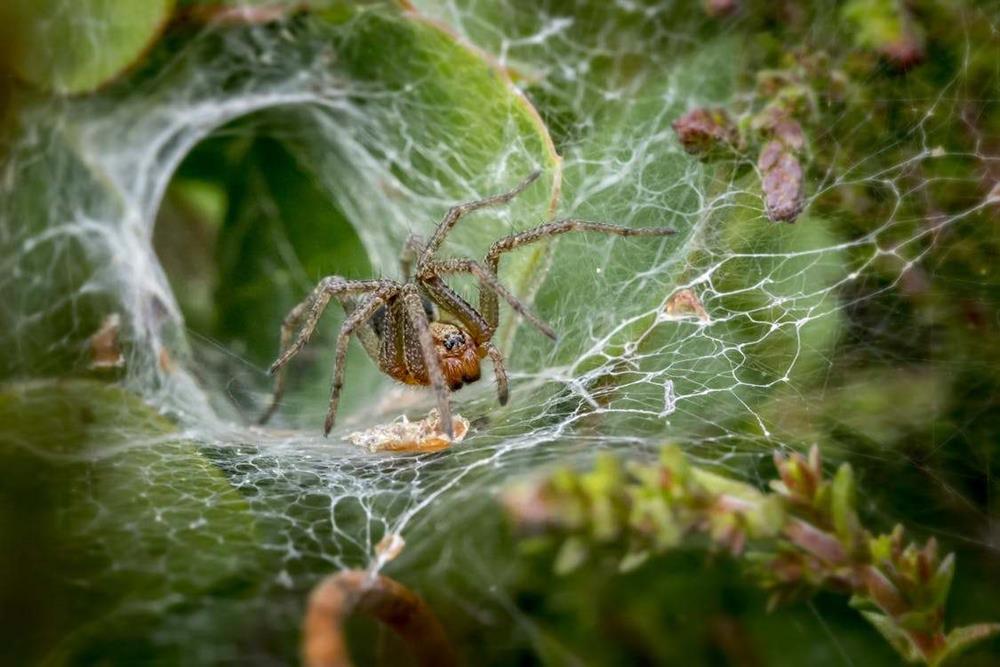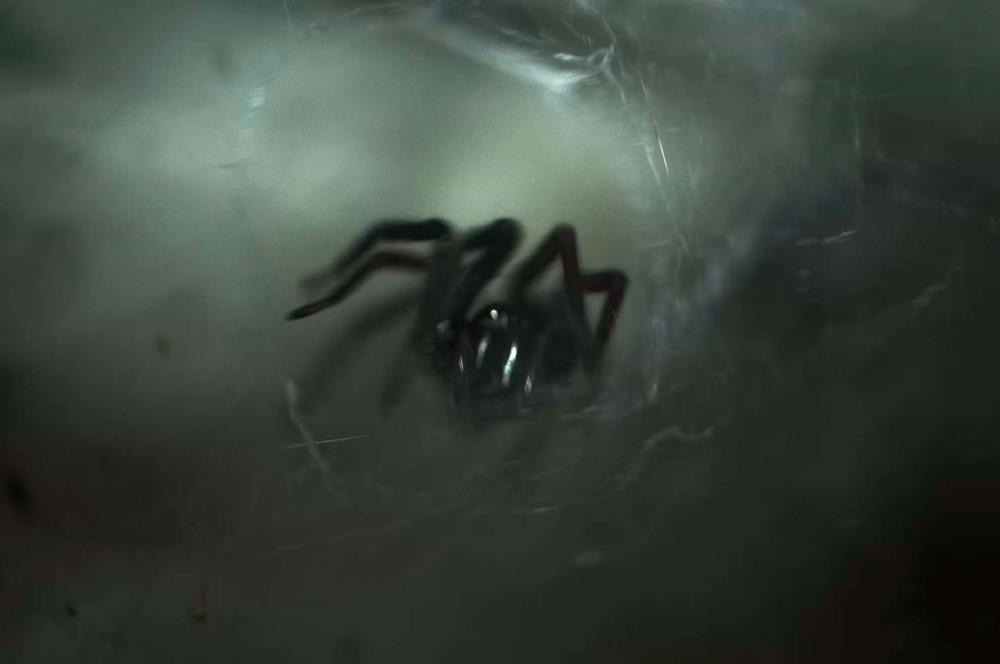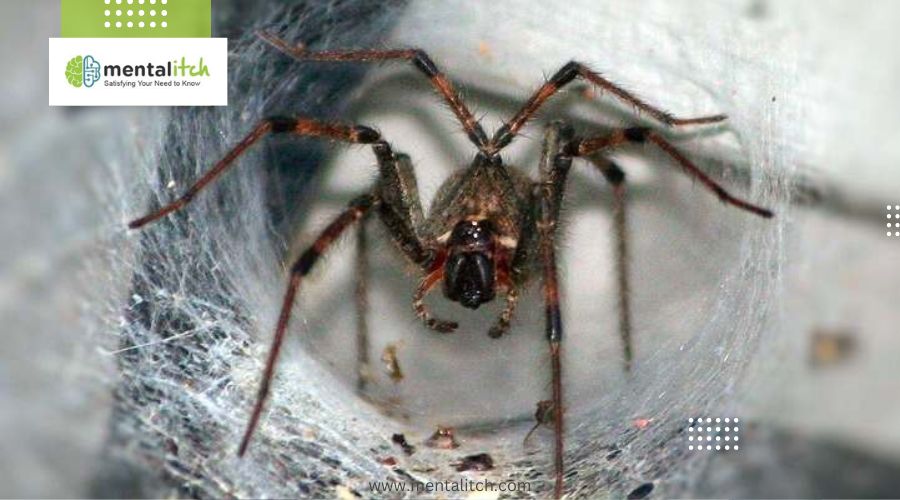Funnel-web spiders are among the most talked-about creatures in the spider world, and for good reason. These spiders, known for their distinctive web structure that resembles a funnel, have captured the attention of both the curious and the wary. Found mainly in Australia, these creatures are not only fascinating due to their unique homes but also because of their highly venomous nature. The venom of funnel-web spiders is potent, making them a significant concern for those living in or visiting their habitats.
The venomous nature of these spiders is not just a minor footnote in their description; it’s a major part of what makes them so intriguing and, at times, feared. This characteristic has placed them in the spotlight for scientists, medical professionals, and the general public alike. In regions where they are found, understanding the risks associated with funnel-web spiders is crucial for safety. Their venom, while dangerous, has also led to important medical and scientific advancements, highlighting the complex relationship humans have with these remarkable arachnids.
Characteristics of Funnel-Web Spiders
Funnel-web spiders stand out in the spider community, not just for their venom but also for their unique appearance and the intriguing places they call home. These spiders have a robust build, with glossy black or dark brown bodies that can sometimes throw a menacing shadow. Their size varies, but some can grow quite large, making them hard to miss. The funnel-shaped webs they craft are engineering marvels, serving as both a home and a trap for prey. These webs often adorn the ground, hidden among rocks or in the soil, waiting silently for an unwelcome visitor.
Habitat and Lifestyle
The natural abodes of funnel-web spiders are as fascinating as the creatures themselves. Primarily found in Australia, these spiders prefer moist, cool environments. Forests, shaded gardens, and under rocks are some of their favorite haunts. These settings provide the perfect backdrop for their funnel-shaped webs, which are not just for show but are crucial for their survival strategy.
The Infamous Sydney Funnel-Web Spider
When talking about venom, the Sydney funnel-web spider often steals the spotlight. This species is notorious for being one of the most venomous spiders in the world, with a bite that demands immediate medical attention. Residing mainly in the Sydney region and surrounding areas, this spider has become a focal point for discussions on venomous creatures. Its potent venom has placed it at the center of significant research, aiming to mitigate the dangers it poses to humans. Despite its fearsome reputation, encounters with these spiders are rare, and with increased awareness and caution, risks can be significantly minimized.
Venom Composition
The venom of funnel-web spiders is a complex cocktail that has evolved over millennia, making these spiders the subject of both fear and fascination. At its core, the venom is a mixture of various proteins and peptides, substances that can have a profound impact on biological processes. This potent blend is what gives the venom its power and has made the funnel-web spider a symbol of danger in the animal kingdom.
The Power Behind the Venom
Among the myriad of components in funnel-web spider venom, one of the most notable is the delta-hexatoxins. These unique proteins are the key players in the venom’s potency, targeting the nervous system of their prey (and, unfortunately, humans who cross their path). The presence of delta-hexatoxins is a testament to the spider’s adaptation to its environment, ensuring its survival and status atop the food chain in its habitat.
How the Venom Works
The mechanism by which funnel-web spider venom operates is a fascinating example of nature’s precision. Once injected, the venom quickly sets to work, disrupting the normal functioning of nerve cells. It specifically interferes with the communication channels, or ion channels, that nerves use to send signals throughout the body. By blocking these channels, the venom can cause rapid and severe reactions, ranging from pain and swelling to more serious effects that require urgent medical attention. This disruption is a clear demonstration of the venom’s power and the spider’s evolutionary adaptation to secure its next meal or defend itself against threats.
Effects of the Venom on Humans and Animals

The impact of funnel-web spider venom on both humans and animals is a topic of considerable interest and concern in the natural history and entomology fields. The immediate aftermath of a bite from these notorious arachnids can range from mild to life-threatening, highlighting the need for awareness in regions where they are prevalent.
Immediate Symptoms
The first signs of a funnel-web spider bite can appear swiftly and are hard to ignore. Victims may experience intense pain at the bite site, accompanied by symptoms such as tingling, sweating, and muscle spasms. These initial reactions serve as a warning sign of the venom’s rapid effect on the body, emphasizing the urgency of seeking medical attention.
Potential Medical Complications
Without prompt treatment, the consequences of a funnel-web spider bite can escalate. The venom can lead to severe medical complications, including high blood pressure, difficulty breathing, and in extreme cases, neurological and cardiovascular issues. These potential outcomes underscore the venom’s potency and the critical importance of antivenom in treatment protocols.
Variability Among Species
Not all funnel-web spiders are created equal when it comes to the effects of their venom. There is a significant variation in venom potency between different species within the funnel-web family. For example, the Sydney funnel-web spider’s venom is particularly notorious for its strength and potential for severe reactions, while other species may have less potent venom that results in milder symptoms.
Comparison with Other Spider Venoms
When compared to the venom of other spiders, funnel-web spider venom stands out for its potency and the speed at which it can affect the human body. While many spiders possess venom that is primarily dangerous to their prey and relatively harmless to humans, the venom of funnel-web spiders is a notable exception. Its ability to cause serious health issues in humans places it among the most dangerous spider venoms in Australia and indeed, the world.
Incidents and Statistics
The medical significance of funnel-web spider bites cannot be overstated, given their potential to cause serious health issues. Through recorded incidents and careful research, a clearer understanding of the risks and outcomes associated with these bites has emerged.
Recorded Bites: Frequency and Geographical Distribution
Funnel-web spider bites, while relatively rare, have been documented primarily in Australia, with a concentration in New South Wales. The frequency of these bites varies, with several dozen cases reported annually. This number underscores the importance of awareness in regions where funnel-web spiders are prevalent, as encounters can lead to significant medical emergencies.
Fatalities and Serious Injuries Before Antivenom
Before the 1980s, bites from funnel-web spiders posed a grave threat. There were about 13 recorded deaths in Australia attributed to funnel-web spiders. recorded cases of fatalities and serious injuries, particularly in children and those with underlying health conditions. The venom’s rapid impact on the body often left little time for effective intervention, leading to several deaths attributed to these spiders.
Survival Rates and Outcomes Post-Antivenom Development
The introduction of antivenom has dramatically changed the landscape of funnel-web spider bites. Since its development, there have been no recorded fatalities when antivenom is administered in time. This remarkable turnaround speaks to the antivenom’s effectiveness and the importance of quick medical response. Survival rates have soared, and the outcomes for bite victims have significantly improved, turning what could be a fatal encounter into a treatable condition.
Public Awareness and Education

In the face of the dangers posed by funnel-web spiders, public awareness and education have become paramount. Efforts to inform the community about these creatures, how to identify them, and the proper response to bites have taken center stage in regions where the spiders are found.
Identifying Funnel-Web Spiders and Responding to Bites
Educational campaigns have been rolled out to help people recognize funnel-web spiders and understand the best steps to take if bitten. These initiatives stress the importance of staying calm, applying a pressure immobilization bandage, and seeking medical attention immediately. By teaching these critical responses, health authorities aim to minimize the risk of serious complications from spider bites.
Myths Versus Facts
With any creature as misunderstood as the funnel-web spider, myths abound. One common myth is that all funnel-web spiders are deadly to humans; in reality, while their venom can be highly toxic, not all species pose a significant threat, and fatalities are extremely rare thanks to the availability of antivenom. Another myth is that these spiders are aggressive and likely to attack unprovoked. However, funnel-web spiders typically bite only in self-defense if they feel threatened. Dispelling such myths is crucial in reducing unnecessary fear and encouraging coexistence with these remarkable arachnids.
Conclusion
Funnel-web spiders, with their formidable reputation, are a remarkable example of nature’s complexity and the challenges it sometimes presents to humans. The journey from fear and misunderstanding to a place of awareness and prepared treatment showcases humanity’s ability to adapt and overcome natural threats. Thanks to dedicated research and public education, what once was a source of fatal encounters has transformed into a manageable risk.
The development of antivenom has been a game-changer, significantly reducing fatalities and turning potential tragedies into tales of survival. Public education efforts have further empowered communities, demystifying these creatures and teaching people how to live alongside them safely. As we move forward, the balance between caution and coexistence remains key. Understanding funnel-web spiders is not just about mitigating danger, but also about recognizing the value of every creature in our ecosystem.

